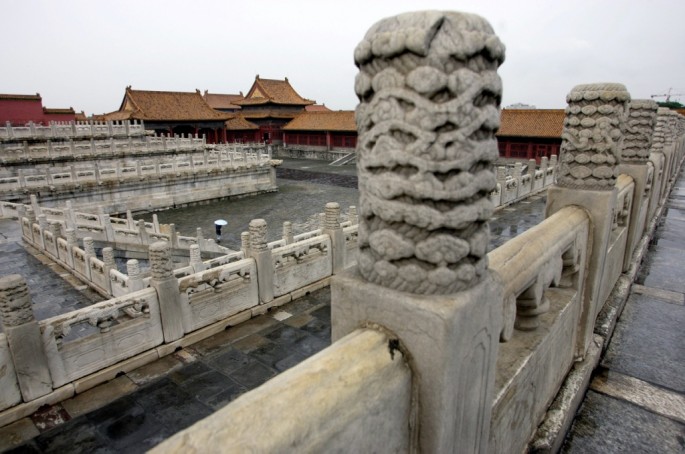Once work begins on the new northern section of Beijing’s Palace Museum at the end of this year, “maverick architecture” will not be incorporated, museum officials said on Thursday at the official unveiling of the design blueprints from candidates.
The new section, which covers 125,000 square meters including 40,000 square meters underground, is located along a river and reservoir in Shangzhuang in northwest Beijing and is around 30 kilometers from the Forbidden City.
The entire project, including auxiliary infrastructure and a public park, will occupy nearly 620,000 square meters.
"The design of a museum is not a fashion that can be easily abandoned when a trend ends," said Palace Museum director Shan Jixiang. "Once built, it has to serve the public for a long time and live up to the test of history."
China has experienced a surge in exotic architecture in recent years, drawing criticism that the country has become a guinea pig for foreign designers.
Shan, who is also a veteran architect, said that the museum did not seek international bids as "such a trend will make every Chinese city look similar."
"Chinese architects deserve this precious chance to prove their talents," he added.
According to a report from the ECNS news portal, the qualifying blueprints were submitted by five architects from prestigious Chinese institutions including the Chinese Academy of Engineering, Tsinghua University and the Beijing Institute.
The Palace Museum is creating a panel of nine experts to evaluate the submissions and the blueprints displayed at the museum for public opinion, the report said. A social network account will also be set up for suggestions.
Nearly all of the blueprints follow the Forbidden City's symmetrical layout, with the exception coming from Zhuang Weimin from Tsinghua University, who utilized a long transparent corridor to connect the museum's separate halls.
"It's not necessary today to make a replica of the Forbidden City," Zhuang said. "We want to mix Chinese and Western styles and better echo the surrounding natural environment."
The new area will provide additional space for the Palace Museum, whose catalog of 1.8 million artifacts is mostly hidden from public view due to safety concerns.
"For example, it's impossible to exhibit large pieces such as tapestries and furniture in the old museum," said Shan.
Once completed, the new northern area is expected to attract more than three million visitors annually.




























